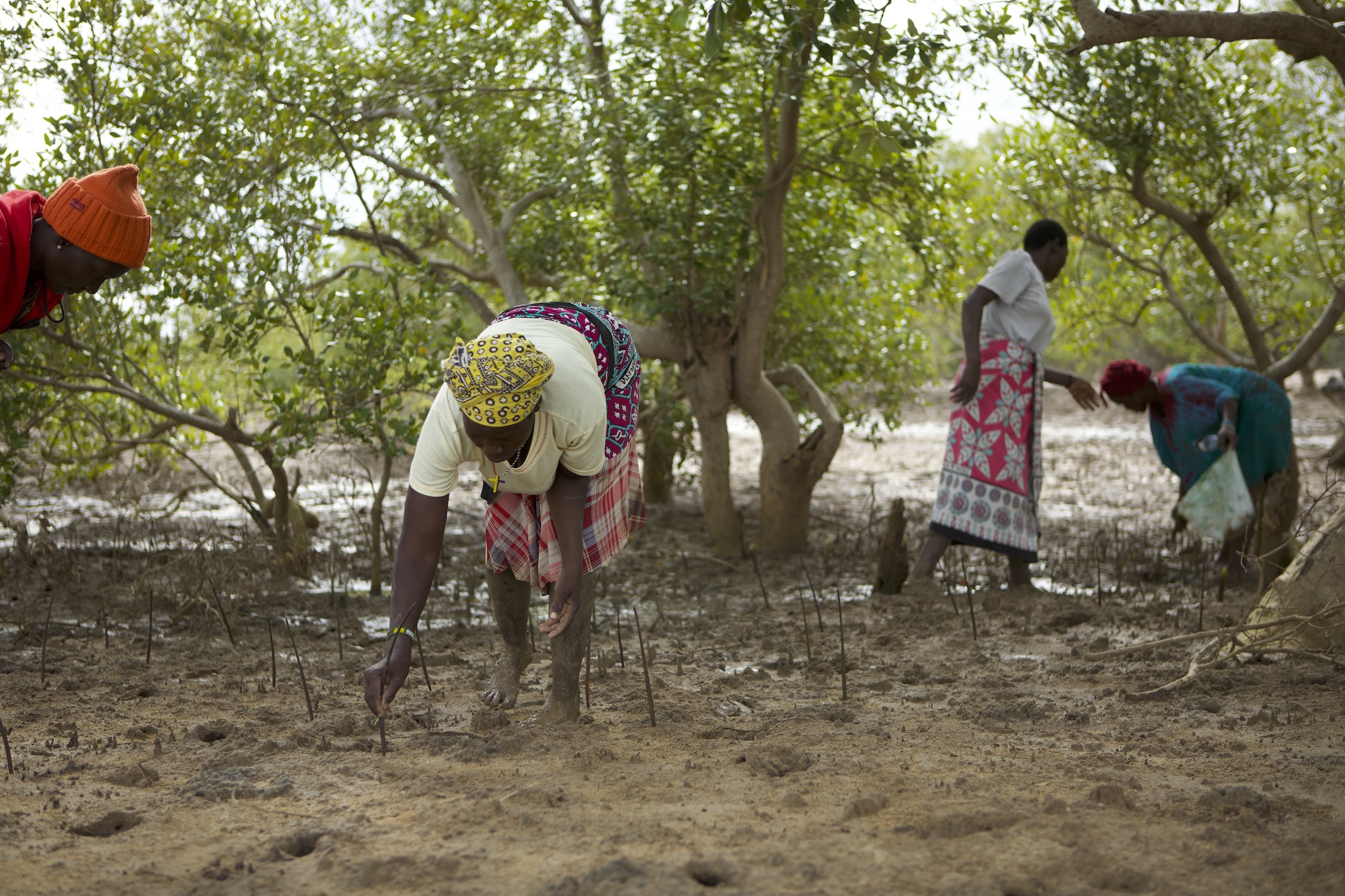Home to an estimated 1,847 species of birds, mammals, amphibians, and reptiles as well as 6,505 types of vascular plants, Kenya’s forests are some of the most ecologically diverse on the planet.
However, in recent decades human activities such as logging, charcoal burning, and illegal agricultural settling has led to widespread deforestation, resulting in an increase in severe drought and extreme poverty.

Planting partner: Veritree
Site coordinated: -4.078630739/ 39.55460448) 4°04'43.1"S 39°33'16.6"E
Forest type: Mangrove
Tree species: Mangroves, including Ceriops Tegal, Rhizophora mucronata, and Avecinnia marina
Planting seasons: August – December, January - July
CO2 Sequestration: 1.81 tonnes
UN SDG's: 1 – No poverty, 8 – Decent work and economic growth, 13 – Climate action, 14 – Life below water
Mombasa, Kenya, is a coastal city steeped in history and culture, with vibrant markets, stunning beaches, and a harmonious blend of Swahili and Arabic influences. Despite its charm, the region also grapples with significant underdevelopment and environmental challenges
Local communities rely on the mangrove ecosystem for employment, livelihoods and nutrition but vast urbanisation and a lack of governance has led to the overexploitation and overharvesting of this crucial ecosystem.
This project is dedicated to restoring mangrove forests while empowering the local community with the work and resources needed to break the cycle of poverty in the region. The restoration of the biodiverse-rich estuary will create additional income streams from fishing, among other benefits; while restoration of the local forests will improve storm and climate change defences.
 Copyright by Eco Credits Limited, t/a More Trees by THG Eco - 2023
Copyright by Eco Credits Limited, t/a More Trees by THG Eco - 2023